Identity Review | Global Tech Think Tank
Keep up with the digital identity landscape.
In the ever-changing landscape of new urbanism, visionary thinkers and leaders play a pivotal role in shaping the future of our cities. These individuals, through their innovative ideas and transformative projects, inspire urban planners, policymakers, and communities worldwide.
Here are 11 thought leaders in urban development, sustainability, social equity, and design:
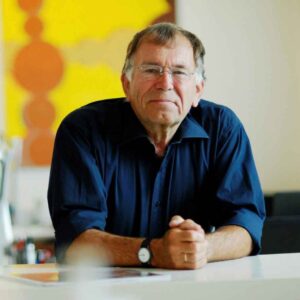
Jan Gehl, an architect and urban designer from Denmark, has dedicated his career to creating people-centered cities. His influential book “Cities for People” challenged the prevailing car-centric approach and advocated for human-scale urban environments. Gehl’s consultancy, Gehl Architects, has worked with cities worldwide to transform public spaces, promote pedestrian-friendly infrastructure, and improve the quality of urban life.
Gehl’s impact can be seen in his collaboration with New York City, where his recommendations influenced the redesign of Times Square into a vibrant pedestrian plaza, enhancing safety and livability while revitalizing the iconic public space.
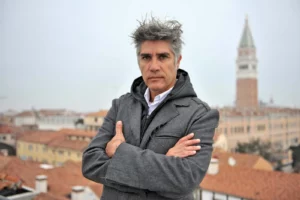
Alejandro Aravena, a Chilean architect, urbanist, and Pritzker Prize laureate, is known for his socially conscious approach to urban design. Aravena’s firm, Elemental, focuses on designing affordable housing solutions that empower communities and address social inequality. Through innovative design and participatory processes, Elemental creates housing projects that provide residents with the tools and opportunities to improve their quality of life.
One notable project by Elemental is the “Half a House” concept, implemented in Iquique, Chile. This innovative solution allows families to purchase half a house initially, with the option to expand in the future. This incremental approach to affordable housing provides flexibility and economic empowerment for residents.
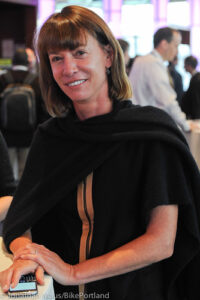
Janette Sadik-Khan, a transportation expert and former Commissioner of the New York City Department of Transportation, has revolutionized urban transportation and public spaces. Sadik-Khan’s tenure in New York City was marked by the implementation of bike lanes, pedestrian plazas, and the iconic Times Square transformation. Her work emphasizes the importance of prioritizing sustainable transportation and creating streetscapes that prioritize people over cars.
Sadik-Khan’s leadership in New York City resulted in the creation of the High Line, a unique elevated park built on a former railway track. The High Line has become a global model for the adaptive reuse of infrastructure, showcasing the potential for transforming underutilized spaces into vibrant public amenities.
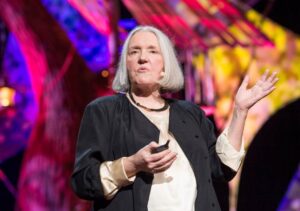
Saskia Sassen, a sociologist and urban theorist, is renowned for her groundbreaking research on global cities and the impacts of globalization on urban landscapes. Her book “The Global City” highlighted the emergence of a global network of cities as centers of economic power and social inequality. Sassen’s work explores the complex dynamics between urbanization, economic forces, and social structures, shedding light on the challenges and opportunities of our increasingly interconnected world.
Sassen’s research on global cities has influenced urban policy and planning worldwide. Cities like London, New York, and Tokyo have incorporated her insights into their strategies to navigate the complexities of globalization and foster inclusive growth.
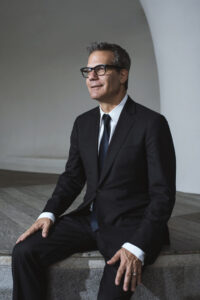
Richard Florida, an urbanist, University of Toronto professor, and economist, is renowned for his work on the creative class and its impact on urban development. His influential book “The Rise of the Creative Class” explores the role of creativity, innovation, and talent in driving economic growth and urban revitalization. Florida’s research has shaped the understanding of how cities can attract and retain creative professionals, spurring innovation and cultural vibrancy.
Florida’s concepts have influenced urban planning strategies in cities such as Austin, Texas. By cultivating a vibrant arts scene, supporting entrepreneurship, and investing in education, Austin has successfully positioned itself as a hub for creativity and innovation, attracting top talent and fostering economic development.

Elizabeth Plater-Zyberk, an architect and urban planner, co-founded the architecture and urban planning design firm Arquitectonica, as well as the influential Congress for the New Urbanism (CNU). Plater-Zyberk’s work focuses on creating walkable, mixed-use neighborhoods that promote social interaction, sustainability, and community engagement. Her designs emphasize the importance of human-scale development and the integration of architecture and urban design.
The Seaside community in Florida, co-founded by Plater-Zyberk, is a prime example of New Urbanism principles in action. Seaside’s compact layout, mixed-use zoning, and emphasis on pedestrian-friendly streets have created a thriving community that prioritizes human connections and fosters a strong sense of place.
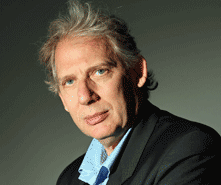
Ricky Burdett, an urbanist and director of the LSE Cities research center, focuses on the social and spatial dynamics of cities. Burdett’s research explores the complex relationships between urban form, governance, and societal challenges. His work delves into the social and economic impact of urbanization, providing insights into how cities can address issues such as inequality, sustainability, and public health.
Burdett’s research on informal settlements has contributed to innovative solutions in cities like Mumbai, India. By understanding the dynamics of slums and working collaboratively with communities, Mumbai has implemented slum redevelopment projects that provide improved housing, infrastructure, and social services, ensuring a more inclusive urban environment.

Amanda Burden is a former New York City Planning Commissioner and now principal of Bloomberg Associates, a global consulting service for governments’ optimization of quality of life. She has been instrumental in shaping the city’s urban landscape. Burden’s leadership focused on promoting quality urban design, enhancing public spaces, and fostering community engagement. Her emphasis on the importance of the public realm has left a lasting impact on the liveability and vibrancy of New York City.
Burden’s role in the development of the High Line elevated park transformed an abandoned railway into an iconic public space. Her vision for the High Line as a linear park elevated above the city streets has become a symbol of urban regeneration, attracting millions of visitors and inspiring similar projects worldwide.
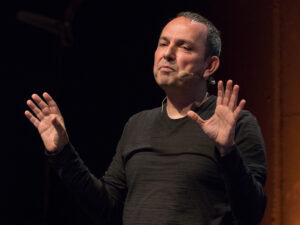
Teddy Cruz, an architect and urbanist, is renowned for his innovative approach to border communities and the challenges of informal settlements. Cruz’s work focuses on creating inclusive, equitable, and sustainable urban environments along the US-Mexico border. His designs integrate art, architecture, and community participation to address social and economic disparities.
Cruz’s collaboration with the Casa Familiar organization in San Ysidro, California, has resulted in the creation of the Living Rooms at the Border project. This initiative transformed abandoned properties into communal spaces that promote cross-border dialogue, cultural exchange, and economic development, fostering connections and resilience in border communities.
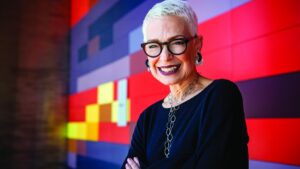
Carol Coletta, an urban advocate and leader, has championed the importance of creative placemaking and community engagement in urban development. As the President and CEO of the Memphis River Parks Partnership (MRPP), a nonprofit organization dedicated to optimizing sustainable parks and public development along the Mississippi River in downtown Memphis.
Additionally, Coletta is a Senior Fellow at The Kresge Foundation, which focuses on leveraging arts and culture as catalysts for equitable and vibrant cities. Her work emphasizes the power of community-driven initiatives to shape the identity and social fabric of urban areas.
Coletta’s efforts have supported initiatives such as Detroit’s “10,000 Up” program, which engages local residents in the revitalization of vacant lots through creative placemaking projects. This collaborative approach not only enhances the visual appeal of neighborhoods but also empowers communities and encourages civic pride.

Peter Calthorpe, an urban planner and architect, is a founder of the CNU and Calthorpe Associates – providing innovative leadership and design for urban planning. Calthorpe is best known as a pioneer of the concept of transit-oriented development (TOD). Calthorpe’s approach emphasizes the integration of land use and transportation planning to create sustainable, walkable communities. His work promotes the development of compact, mixed-use neighborhoods connected by accessible public transportation, reducing reliance on cars and enhancing quality of life.
The development of the Fruitvale Transit Village in Oakland, California, exemplifies Calthorpe’s TOD principles. This vibrant mixed-use community, located around a major transit hub, provides affordable housing, commercial spaces, and public amenities, promoting transit usage, reducing greenhouse gas emissions, and creating a sense of place and community.
These thought leaders in new urbanism, through their visionary ideas and transformative projects, are reshaping the future of cities. From Jan Gehl’s focus on human-scale design to Amanda Burden’s emphasis on the public realm and Teddy Cruz’s innovative approaches to border communities, these leaders provide inspiration and guidance for creating sustainable, inclusive, and vibrant urban environments. By incorporating their insights and adopting their principles, cities worldwide can continue to evolve and meet the challenges and opportunities of the 21st century.
ABOUT IDENTITY REVIEW
Identity Review is a digital think tank dedicated to working with governments, financial institutions and technology leaders on advancing digital transformation, with a focus on privacy, identity, and security. Want to learn more about Identity Review’s work in digital transformation? Please message us at team@identityreview.com. Find us on Twitter.
RELATED STORIES